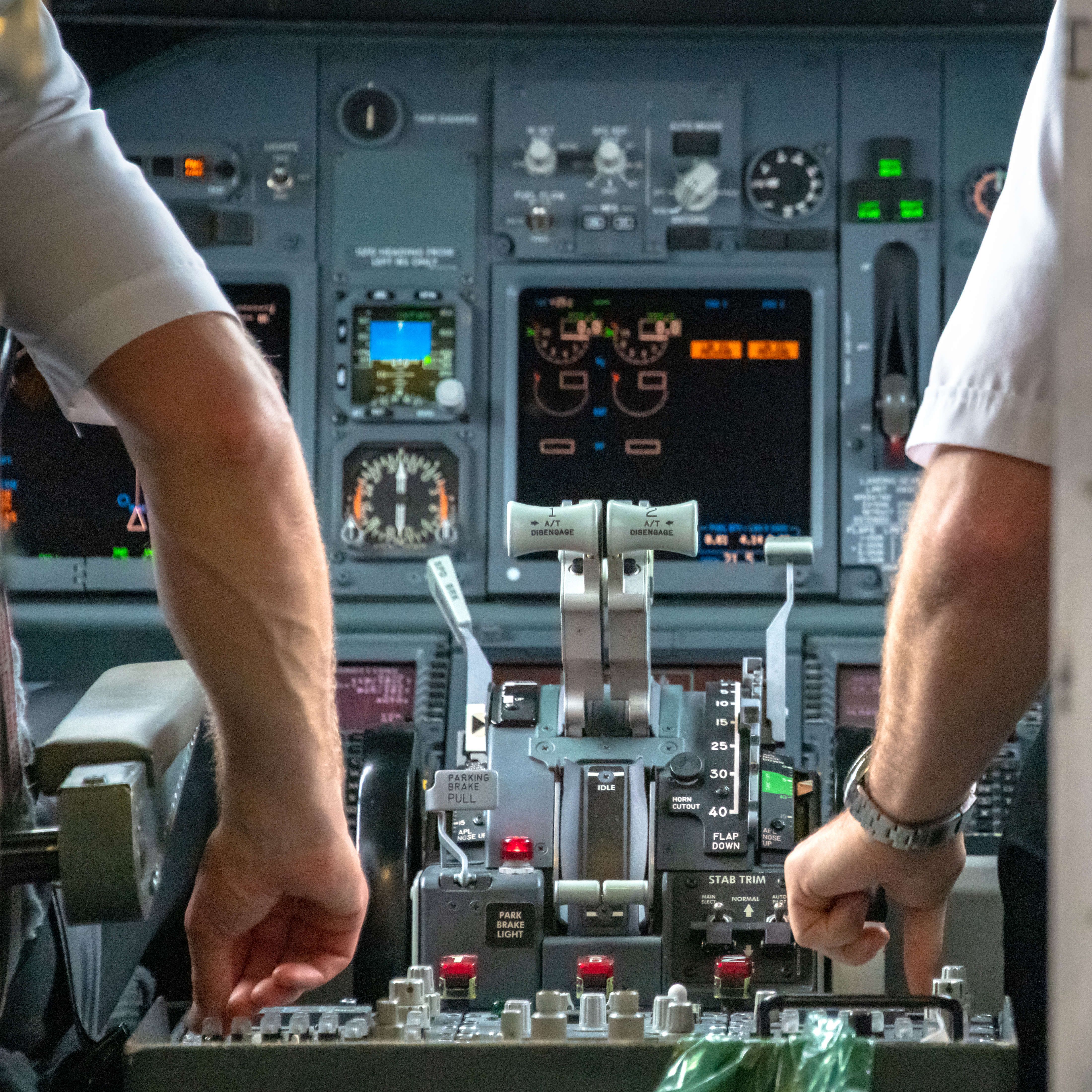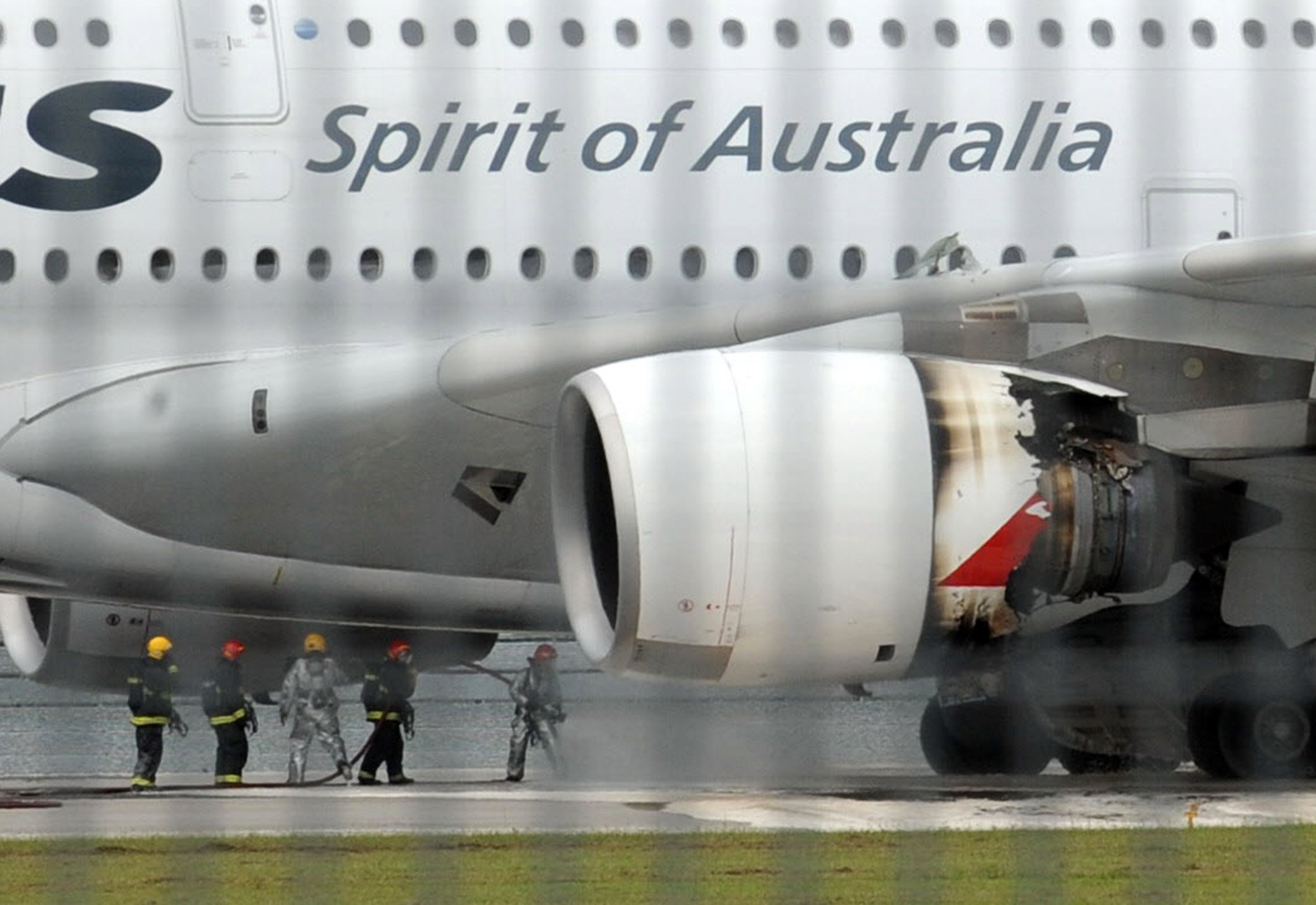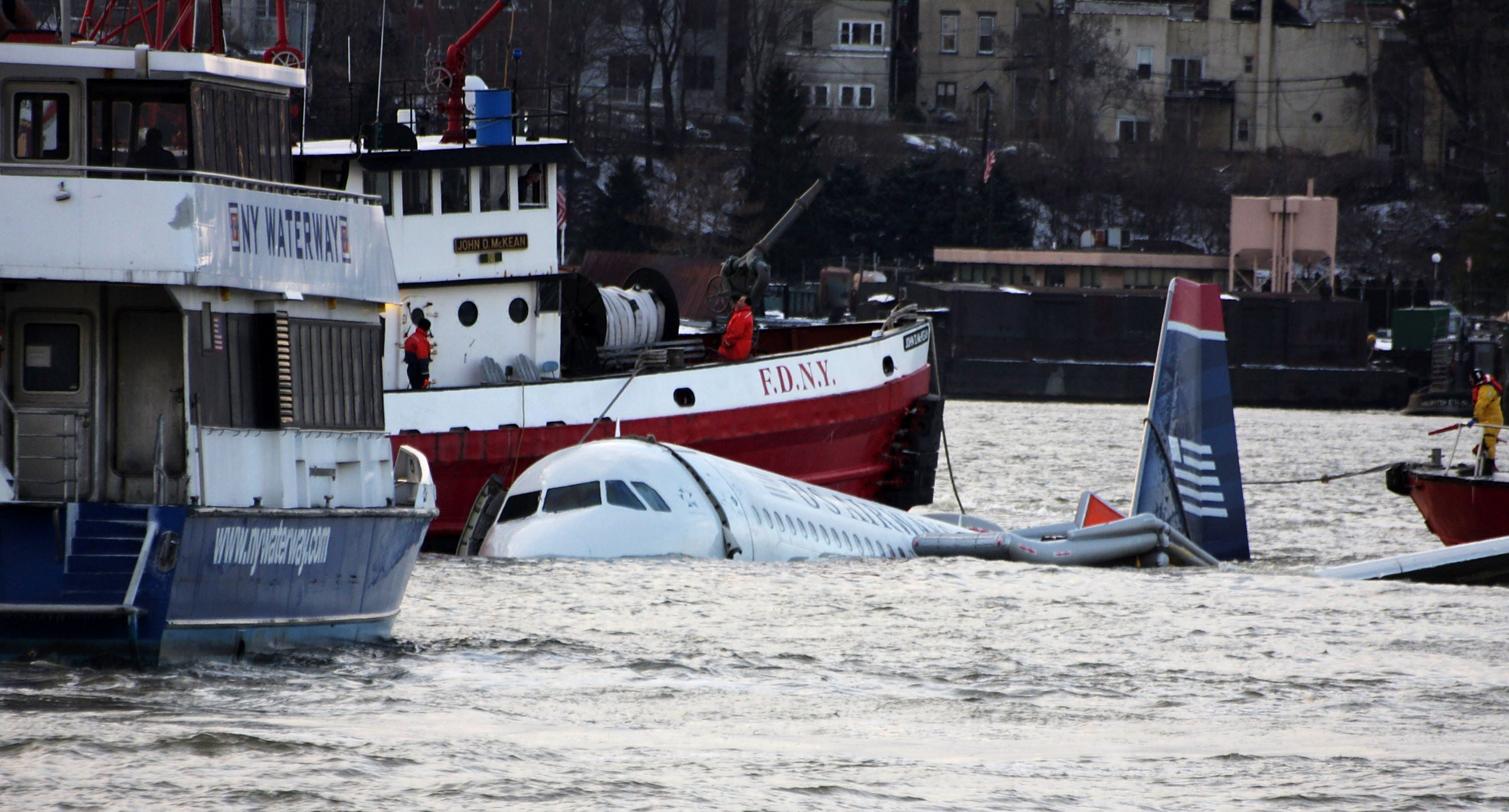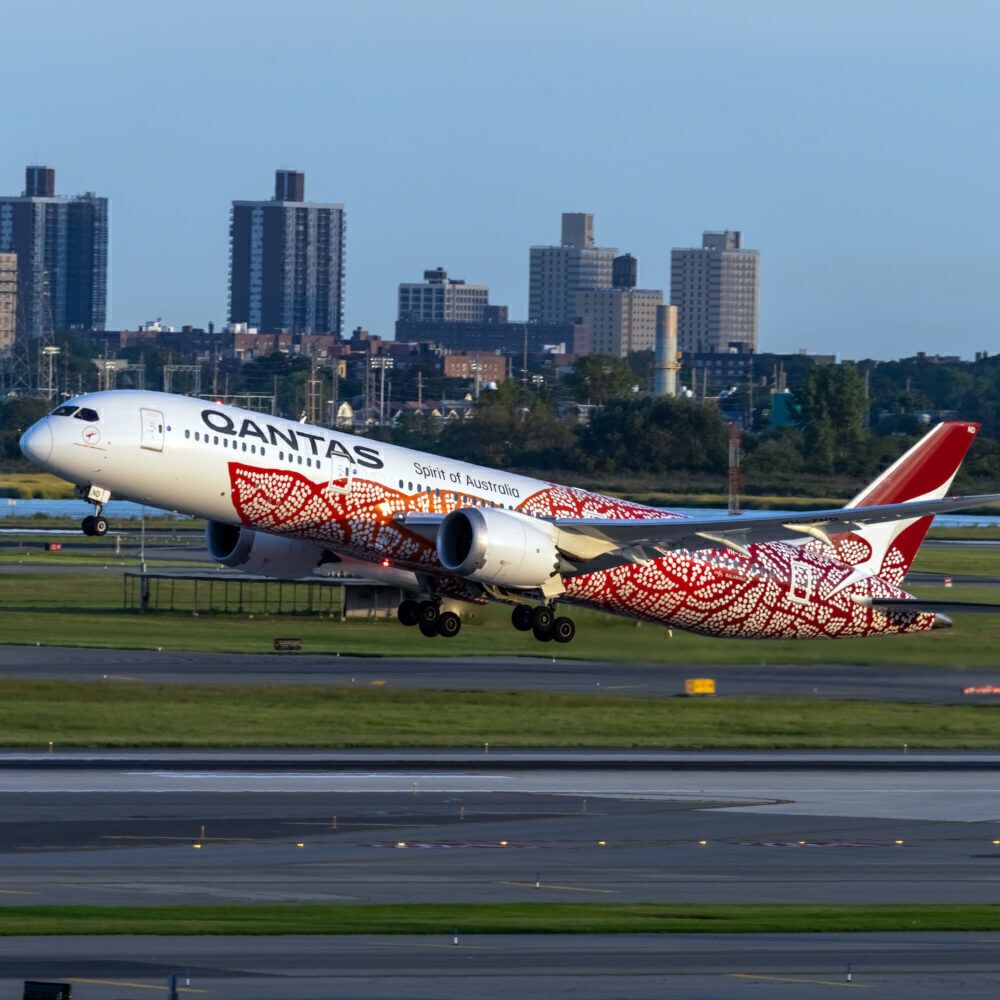In an effort to cut costs, increasingly more airlines are suggesting one pilot is enough to fly the aircraft. However, Richard de Crespigny, a Qantas pilot who experienced a life-threatening situation in the sky, explains why such a proposal should be disregarded. Let's try and understand why.
How realistic are single-pilot operations?
Have you ever asked yourself if you would feel safe flying on an aircraft with just one pilot sitting in the cockpit? Well, it's high time you did! More and more airlines are indeed requesting the International Civil Aviation Organization (ICAO) to work on aviation standards that allow for one-pilot flights in commercial aviation.
What is the rationale behind airlines asking for single pilot operations (SPO)? First, airlines would benefit from SPO thanks to lower costs. Indeed, staff cost is, together with fuel, the highest expenditure for airlines. Therefore, having just one pilot in the cockpit instead of two would virtually halve this relevant cost. Second, airlines are often under pressure when they experience pilot shortages - the fewer pilots the airline needs, the lower the risk of facing such a challenge.
Airlines based in more than 40 countries, including Germany and the UK, have expressed their desire for single-pilot commercial flights to become a reality. In Europe, the European Union Aviation Safety Agency (EASA) has been working with aircraft manufacturers to understand how single-solo pilot commercial flights could be operated safely.
For the time being, EASA rules state that on-duty crew members are required to stay at their assigned stations. If one pilot has to leave their position, a second pilot must always remain in control of the aircraft. However, in January 2021, EASA's executive director, Patrick Ky, stated the agency was considering changing the current rules.
Notably, EASA was exploring the possibility of introducing single-pilot operations for those phases of the flight that do not necessarily require the presence of two pilots in the cockpit.
Even if SPO were allowed for some stages of the flight, EASA stated it is mandatory to introduce additional safety systems to prevent unsafe situations from materializing. Notably, in the unfortunate event of crew incapacitation, advanced safety systems would need to fly the aircraft safely without the external help of a human being.
Although many different aspects need to be considered before SPO are allowed for commercial flights, EASA recently stated that single-pilot commercial flights could become a reality as soon as 2027.
The voice of an expert captain
Even if manufacturers and regulators were to find a way to make SPO possible, how would pilots and we, the passengers, react to them?
Richard de Crespigny was the captain of flight QF32, which, on November 4th, 2010, experienced a life-threatening incident when one of the engines of the Airbus A380 exploded. In a recent interview, the retired Qantas captain openly expressed his reluctance toward single-pilot operations in commercial aviation. When asked if he could have managed the engine explosion on flight 32 without a copilot, Mr de Crespigny stated:
"No way, no way. aircraft are designed to be flying by two fully competent trained pilots. And the system fails if you don't have two pilots in the seats".
Additionally, the former Qantas captain accused airlines of acting on a mere capitalistic logic when they call for ICAO to set the aviation standards required to allow SPO in commercial operations. In his opinion, manufacturers have no specific interest in designing single-pilot aircraft.
Instead, airlines see in SPO the possibility of further increasing their shareholder returns by cutting costs. Furthermore, Mr de Crespigny highlighted how such a proposal comes from people who do not regularly fly and that, therefore, are not fully aware of the risks hidden behind this job:
"People who don't fly don't understand the threats and the risks in the sky"
The International Federation of Air Line Pilots' Associations (IFALPA) stated in a letter to ICAO last month that, when it comes to commercial aviation safety, nothing has proved more efficient than having a second, qualified, and well-trained pilot in the cockpit. On the passengers' side, Apex, a New York-based association focusing on passengers' experiences, also affirmed airline passengers deserve at least two pilots to be in the cockpit at all times.
What are the challenges of SPO?
If single-pilot operations will one day become a reality, it is too soon to tell. However, the ICAO, EASA, and aircraft manufacturers are well aware of the risks and challenges that SPO brings about.
According to Boeing Southeast Asia President Alexander Feldman, psychological challenges are more of a threat to single-pilot operations than technological ones are. Indeed, the advancement of technology in aviation witnessed since the 1950s says a lot about how fast SPO could become a reality.
However, the real question airlines have to ask themselves is how ready passengers are to fly onboard an aircraft with just one person in command. Also, how much pressure is the single pilot ready to face? Another concern is the missed opportunity for junior pilots to learn how to do this job properly, professionally, and safely by working side-by-side with senior colleagues.
To progressively introduce single-pilot operations, the idea would be to allow it during the cruising phase, a typically less busy phase compared to take-offs and landings. When cruising, just one pilot would stay in the cockpit, allowing the second one to rest in the cabin. By alternating breaks with this rhythm, a two-pilot crew could fly for longer hours, saving airlines money.
According to the UK Civil Aviation Authority (CAA), introducing SPO would significantly impact crew training and medical requirements for pilots. Additionally, new mental health standards would probably have to be introduced to verify the single pilot's readiness to cope with the stress of being the only responsible person to fly the aircraft.
Learning from the past
In the recent history of commercial aviation, some accidents have shown how important it is for at least two pilots to be present in the cockpit at all times.
The first one is Air France flight AF447, en route from Rio de Janeiro to Paris on June 1st, 2009. While the captain was resting outside the cockpit - in accordance with safety policy - the two copilots started to receive wrongful information about the aircraft's cruising speed. By the time the captain entered the cockpit, 90 seconds later, the aircraft had entered a stall from which it could not recover. The Airbus A330 crashed in the Atlantic Ocean, killing 228 people.
On the other hand, US Airways flight US1549 proved to anyone how teamwork in the cockpit can save the lives of hundreds of passengers. On January 15th, the Airbus A320 hit a flock of geese shortly after taking off from New York La Guardia airport. The collision led the Airbus 320 to lose power from both engines. Luckily for the passengers, the captain, Chesley Sullenberger, and the first officer Jeffrey Skiles performed a textbook ditching in the Hudson river, saving the lives of everyone onboard.
A warning of what could happen with just one pilot in control is the tragic loss of Germanwings flight 9525; after the captain went for a toilet break, the first officer, Andreas Lubitz, locked himself in the cockpit and deliberately crashed the Airbus A320 into a mountainside, killing everyone onboard.
Janet Northcote, EASA's head of communications, stated that no matter the advancement of technology, the SPO will not be introduced until the aviation community is reassured that operations will be as safe as they are today, with two pilots in command.
Are you in favor or against single-pilot operations? Let us know by clicking on the comment button below!
Source: Fortune

-Boeing-787-9-Dreamliner-VH-ZND-(2)-(1).jpg)

.jpg)

-(4).jpg)

